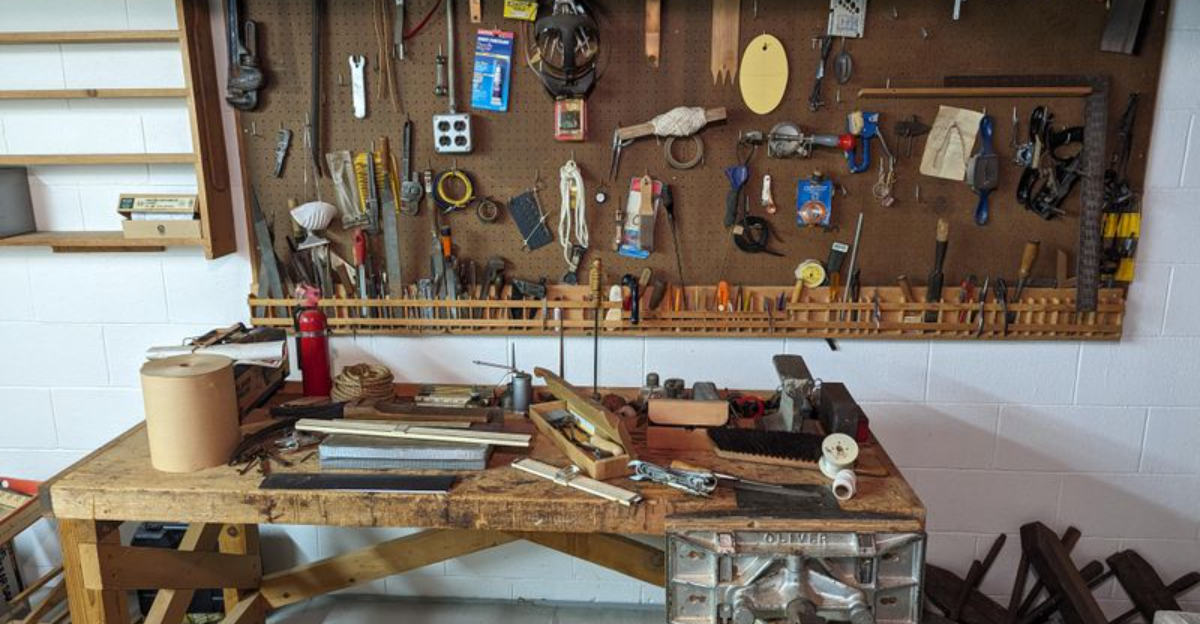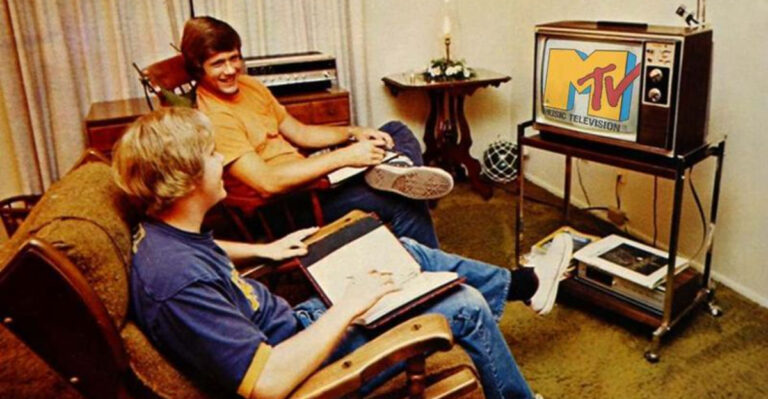16 Things You Could Always Find In A ’70s Garage
Step into any garage from the 1970s, and you’d find yourself transported into a world brimming with character and charm.
These spaces, often an extension of the home, were filled with a mix of practicality and nostalgia. Each item had its place, telling a story of a bygone era where garages served not just as storage rooms, but as creative havens and personal retreats.
In this post, we’ll explore 16 quintessential items that were staples in these memorable spaces, each carrying its own unique essence and story.
1. Pegboards full of rusted tools
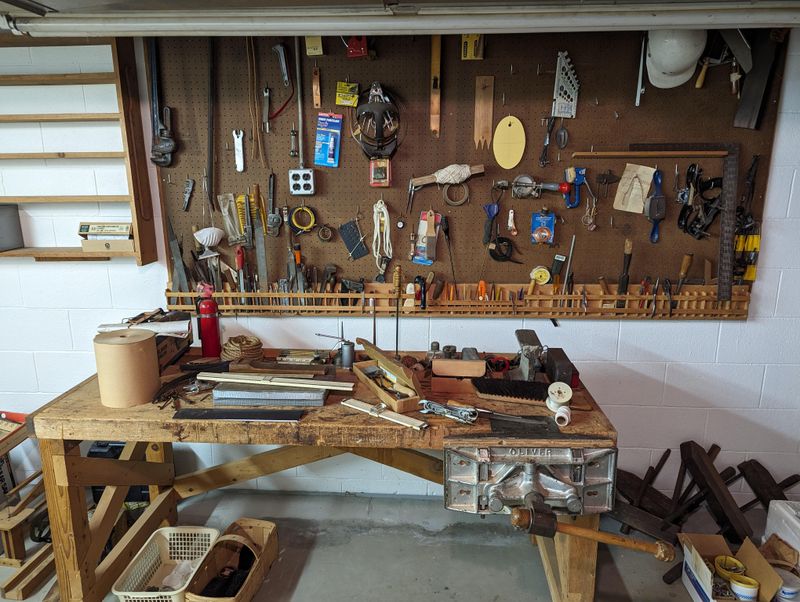
In the dim glow of a single bulb, pegboards lined the walls of every ’70s garage, showcasing a trove of rusted tools. These boards, akin to works of art, displayed an array of hammers, screwdrivers, and wrenches. Each tool bore the scars of projects past, their handles worn by hands that had worked tirelessly.
These tools weren’t just mere instruments; they were family heirlooms, passed down through generations. The stories they could tell—of cars repaired and toys built—echoed through the air. It was a display of craftsmanship and a testament to the hands-on spirit of the time. Maintaining these tools was a ritual, with each one holding a promise of potential projects yet to come.
2. A radio stuck on the oldies station
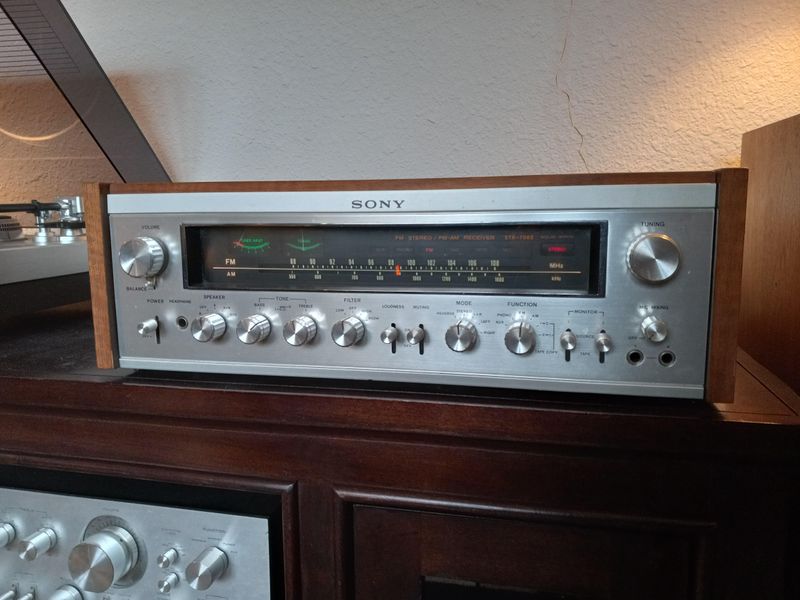
A radio—the heartbeat of the garage—perpetually tuned to the oldies station, filled the air with the comforting tunes of the past. Its wood-paneled body and large dials were the epitome of ’70s tech, positioned proudly on a shelf.
It was the soundtrack to weekend projects, its melodies mingling with the sounds of hammers and saws. The nostalgic hits created an atmosphere where every project had a rhythm, and every garage became a personal concert hall.
This wasn’t just a radio; it was a time machine, whisking listeners back to simpler days. Its music was a companion, providing solace and inspiration in equal measure, turning mundane tasks into dances of memory.
3. Coffee cans filled with random nails and screws
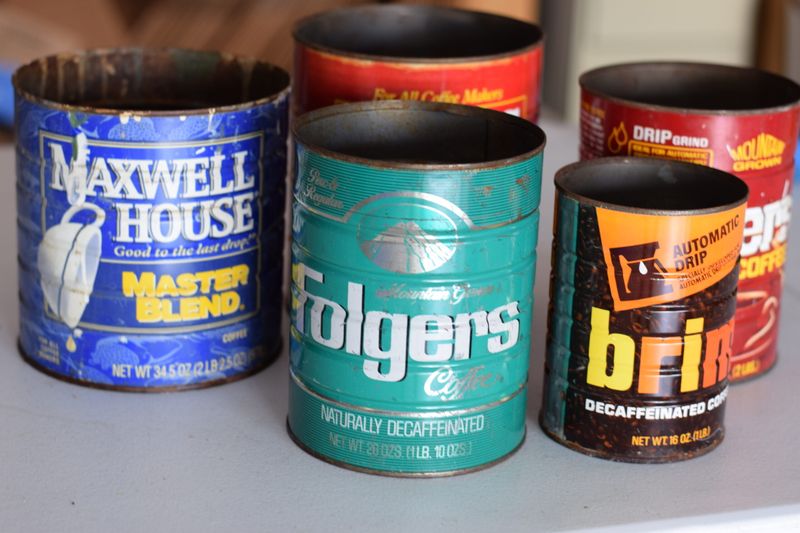
On every workbench, coffee cans brimmed with an eclectic mix of nails and screws, each waiting to find its purpose. These cans, with their faded labels and dented sides, were a testament to resourcefulness.
They contained the remnants of countless projects, a collection as varied as the tasks that had created them. Sifting through these metal treasures was an adventure, each piece a potential solution.
Though haphazard in appearance, their contents were a craftsman’s arsenal, always within reach for the next big idea. A simple coffee can thus became a symbol of ingenuity, holding the nuts and bolts—quite literally—of garage life.
4. That one chair no one was allowed to sit in
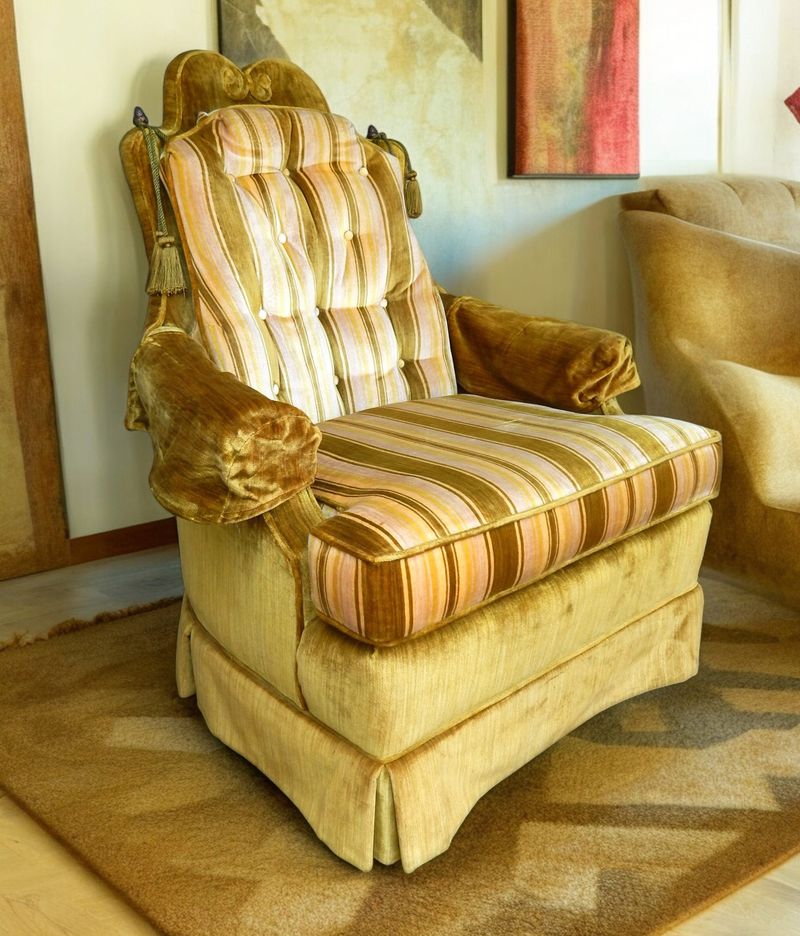
Every ’70s garage had that one chair, an unofficial throne that no one dared to occupy. Draped in mystery, it stood in a corner, its well-worn fabric telling tales of countless hours spent contemplating life’s mysteries.
This chair wasn’t for sitting; it was a relic, a monument to the past. Perhaps it belonged to a grandfather or a father, the patriarch of the garage. Its sagging cushions and frayed edges were reminders of wisdom shared and decisions made from its confines.
Though its function had faded, its presence was eternal. It served as a reminder: some seats are reserved not for comfort, but for reverence and respect.
5. Old license plates nailed to the wall
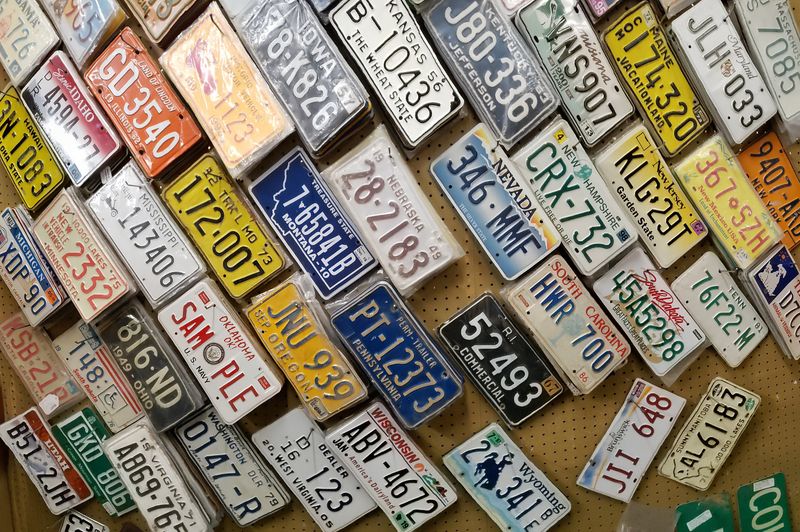
Nailed to the walls, old license plates created a vibrant mosaic, telling stories of roads traveled and adventures had. Each plate, with its rusted edges and faded colors, was a badge of honor.
These plates weren’t just decoration; they were trophies of distant journeys, each one a memory captured in metal. The collection grew over time, a testament to wanderlust and the open road.
For many, these plates were conversation starters, sparking tales of trips taken in beloved cars. As the years passed, they became symbols of freedom and exploration, capturing the spirit of the ’70s in every dent and scratch.
6. At least one broken lawnmower
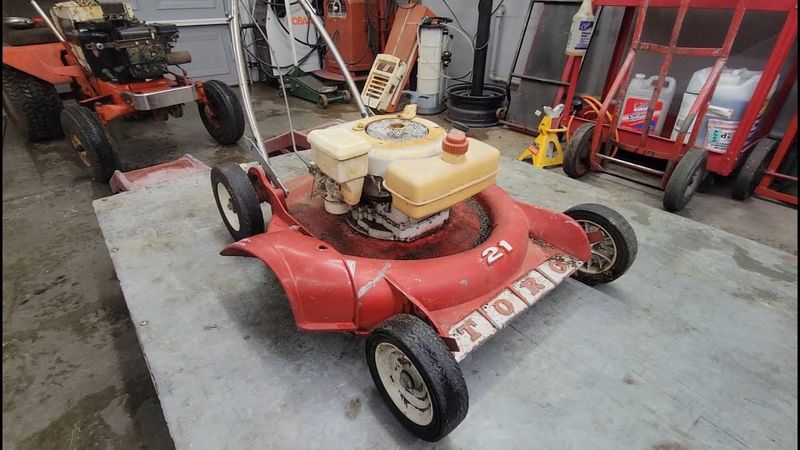
A broken lawnmower was a staple in the ’70s garage, often retired to a dusty corner after a life of service. Its once-bright paint dulled by time, it served as a reminder of summer days spent trimming the lawn.
This mechanical relic was a paradox; too beloved to discard, yet too troublesome to repair. It sat amidst oil stains and grass clippings, a silent witness to the changing seasons.
Occasionally, it might be cannibalized for parts, donating its innards to a newer model. But mostly, it stood as a testament to persistence and the stubborn refusal to give up on what once worked so hard.
7. Grease-stained rags that never got washed
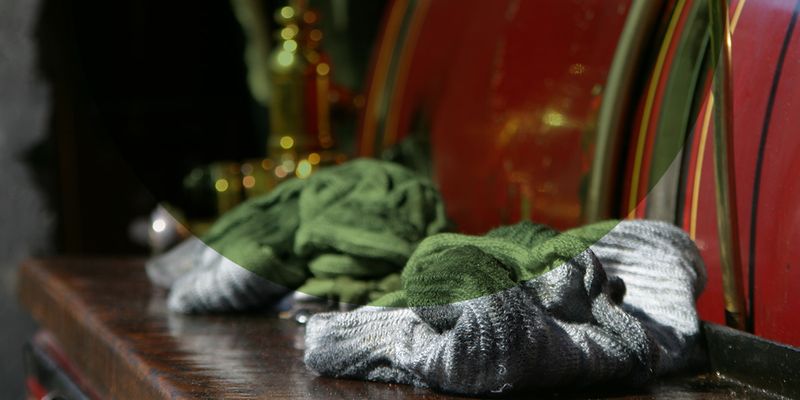
In every corner, a pile of grease-stained rags lay carelessly tossed next to open oil cans and scattered tools. Permanently marked with shades of black and brown, these rags were the unsung heroes of garage life.
Each stain was a badge of honor, earned through countless repairs and messes wiped. Despite their disheveled appearance, they were essential, always within arm’s reach during a project.
These rags never saw the inside of a washing machine; their grime was a testament to utility over vanity. They embodied the gritty reality of garage work, where perfection was secondary to practicality.
8. A fridge with soda—or beer from last summer
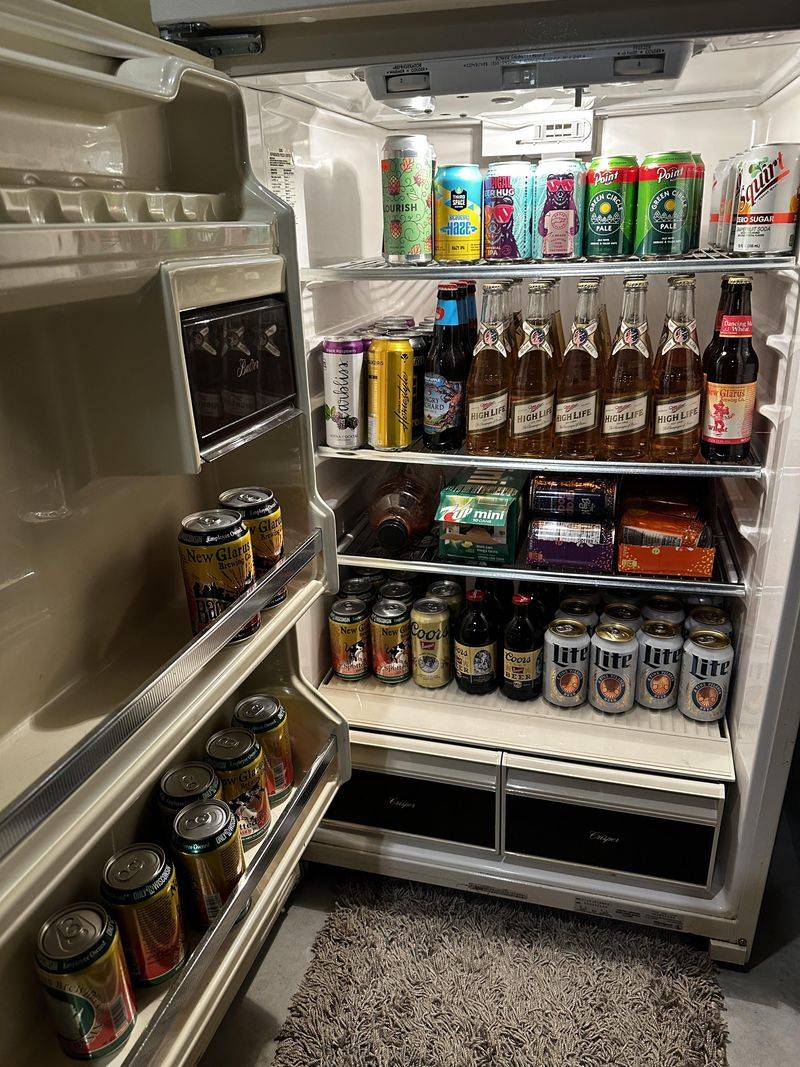
Tucked in a corner, the garage fridge stood as a sentinel of refreshment, its olive green exterior a hallmark of the era. Inside, it held a mix of sodas and beers, remnants from last summer’s gatherings.
This appliance wasn’t just a convenience; it was a symbol of hospitality, always ready to offer a cold drink to a weary worker. Its hum provided a backdrop, a comforting sound amidst the clamor of tools.
Though its contents varied, its purpose remained constant: to refresh and revive. This fridge was more than metal and coolant; it was a companion in work and play, an understated yet vital part of garage life.
9. Faded pin-up calendars stuck to the cabinets
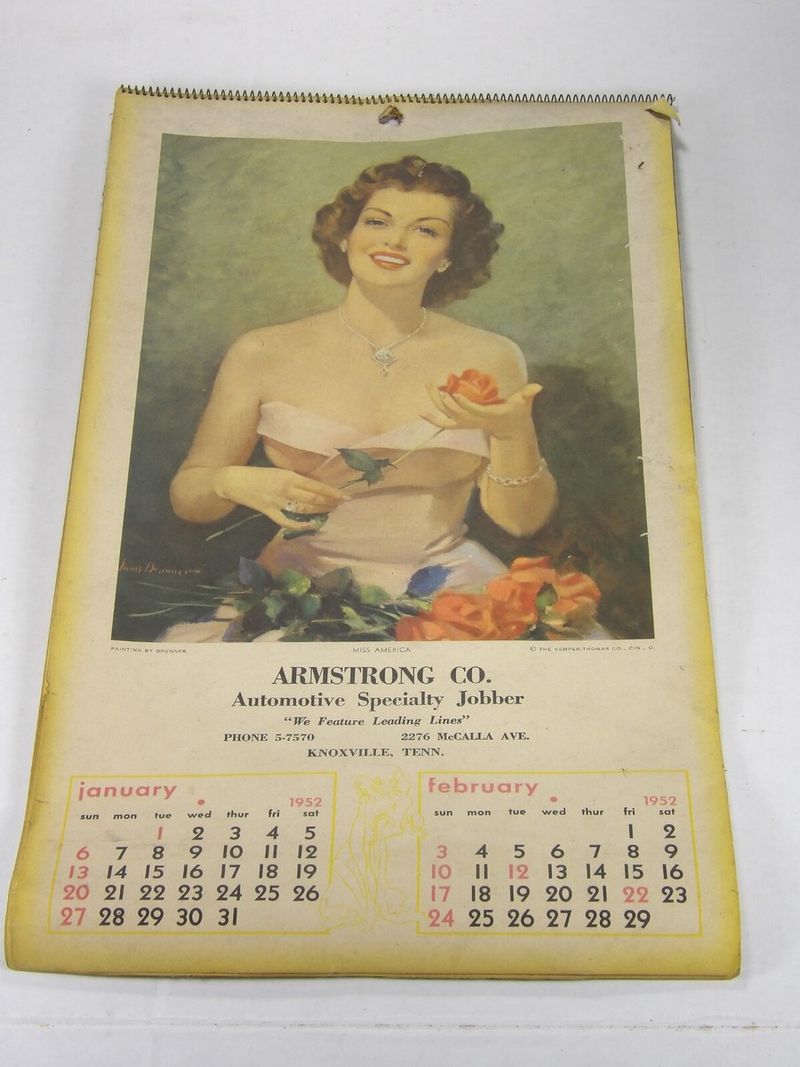
Pinned to the cabinet doors, faded pin-up calendars added a touch of whimsy and nostalgia to the garage’s decor. These calendars, with their retro artwork, were more than just timekeepers.
Each month revealed a new image, a throwback to an era of glamor and style. The pages, yellowed with time and curled at the edges, spoke of years gone by.
Though the images might have lost their initial luster, they remained a fixture, a blend of art and nostalgia. They served as reminders of days when style was as important as function, bringing a touch of personality to an otherwise utilitarian space.
10. Half-empty oil containers nobody threw away
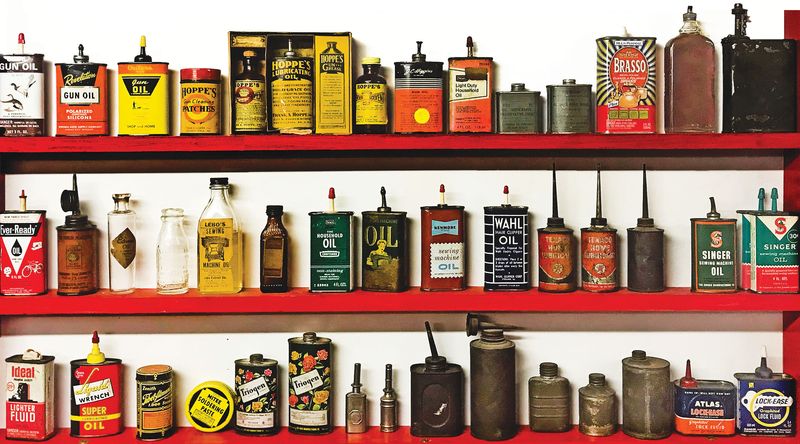
Lining the shelves, half-empty oil containers formed a forgotten gallery of maintenance past. These containers, with their faded labels and aged plastic, were relics of projects tinkered with and engines cared for.
Despite their diminished contents, they remained, testament to the thrifty nature of their owners. The dried oil drips that traced down their sides told stories of hands-on work, of engines that once purred under tender care.
These containers were kept for ‘just in case,’ embodying the ’70s ethos of resourcefulness. They stood as guardians of bygone repairs, holding a whisper of nostalgia in every drop that remained.
11. The smell of gasoline and sawdust

The unmistakable scent of gasoline and sawdust permeated every inch of the ’70s garage, creating an olfactory tapestry unique to these spaces. This blend of aromas was both invigorating and comforting.
Gasoline, with its sharp tang, hinted at the promise of power and speed, a reminder of engines waiting to roar to life. Meanwhile, sawdust carried the essence of woodwork, of projects hewn from raw timber.
Together, they formed a signature fragrance, an invisible but pervasive presence that marked the garage as a realm of creation and possibility. It was a scent that lingered, an aromatic reminder of industry and ambition.
12. A broom older than the house

Propped against the wall, a broom—possibly older than the house itself—stood as a silent testament to the passage of time. Its wooden handle was worn smooth by countless hands, its bristles frayed yet defiant.
This broom had seen it all, sweeping away the remnants of projects large and small. Despite its age, it remained a steadfast companion, ever ready to restore order from chaos.
It was more than a cleaning tool; it was a symbol of resilience, of standing firm despite the wear of time. In its simplicity, it captured the essence of the ’70s garage: enduring, reliable, and unpretentious.
13. Fishing rods tangled in the corner

Tucked into a corner, fishing rods leaned against the wall, their lines tangled in a web of neglect. These rods, relics of leisurely weekends by the water, spoke of a time when life moved at a gentler pace.
Though they gathered dust, they held memories of mornings spent casting lines and afternoons spent in quiet contemplation. Each rod was an invitation to escape, a promise of tranquility.
In their silent repose, they captured the essence of a hobby that was as much about patience as it was about the catch. They were more than tools; they were keys to a world where time seemed to slow.
14. Spiderwebs that had tenure
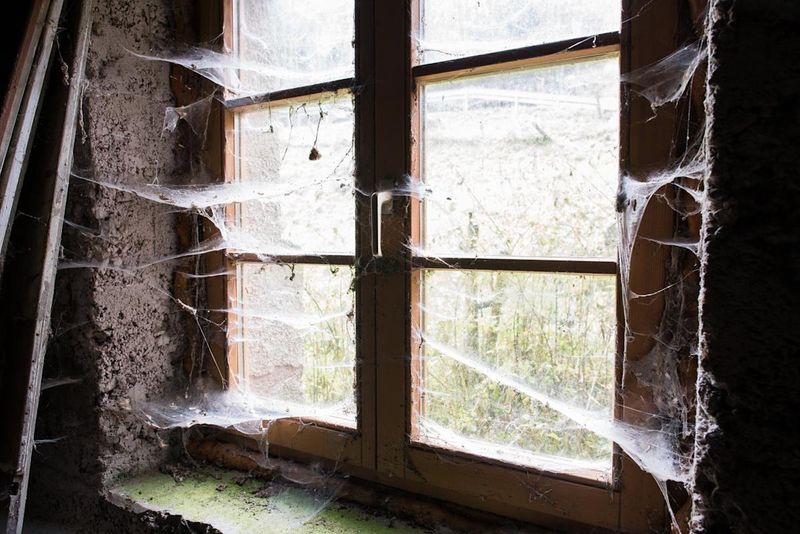
In the forgotten corners, spiderwebs stretched, their intricate patterns a testament to endurance. These webs, thick with dust, were more than mere clutter; they were masterpieces of natural architecture.
Each web shimmered in the light, a delicate lacework that connected old tools and forgotten shelves. The tiny architects, industrious and persistent, wove their homes amidst human endeavors.
These webs were a gentle reminder that the garage was a shared space, a microcosm where nature and man coexisted. They added an eerie charm, weaving stories of survival and adaptation into the fabric of garage life.
15. A drawer filled with things that “might be useful someday”
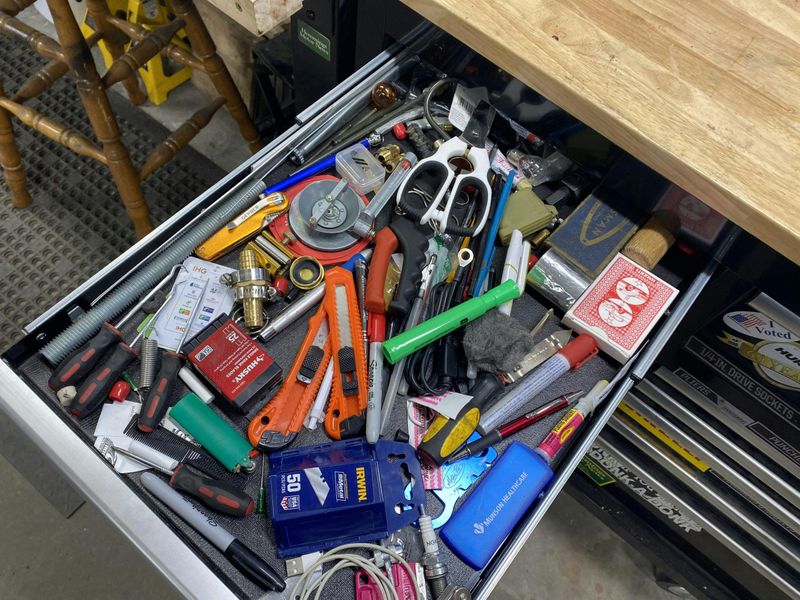
The infamous drawer, a Pandora’s box of potential, overflowed with odds and ends that ‘might be useful someday.’ This repository of randomness held mismatched screws, old batteries, and tools awaiting their moment.
It was a treasure trove for the imaginative, a collection of curiosities that promised solutions to problems yet to arise. Each item, though seemingly purposeless, was kept for its potential.
This drawer was emblematic of the garage owner’s optimism, a belief in the value of the seemingly insignificant. It was a space of anticipation, where the mundane transformed into the extraordinary with just a bit of ingenuity.
16. An ashtray—even if no one smoked anymore
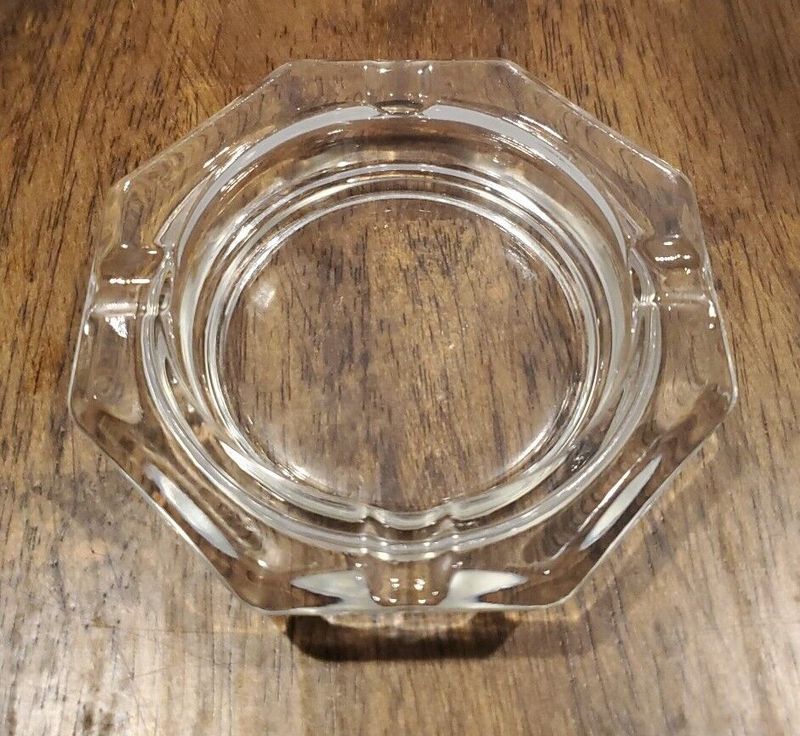
Sitting atop a shelf, a glass ashtray quietly collected dust, a relic from a time when smoking was commonplace. Despite its disuse, it remained, a silent nod to the habits of the past.
The ashtray, with its few remaining cigarette butts and smudges of ash, evoked memories of conversations and contemplations. It was more than a receptacle; it was a witness to the lives and stories shared in the garage.
Though smoking had faded from fashion, the ashtray lingered as a symbol of bygone rituals. It added a touch of nostalgia, a link to the past that refused to be discarded or forgotten.

